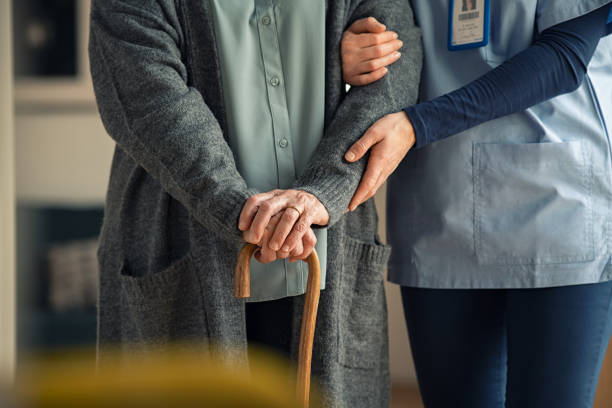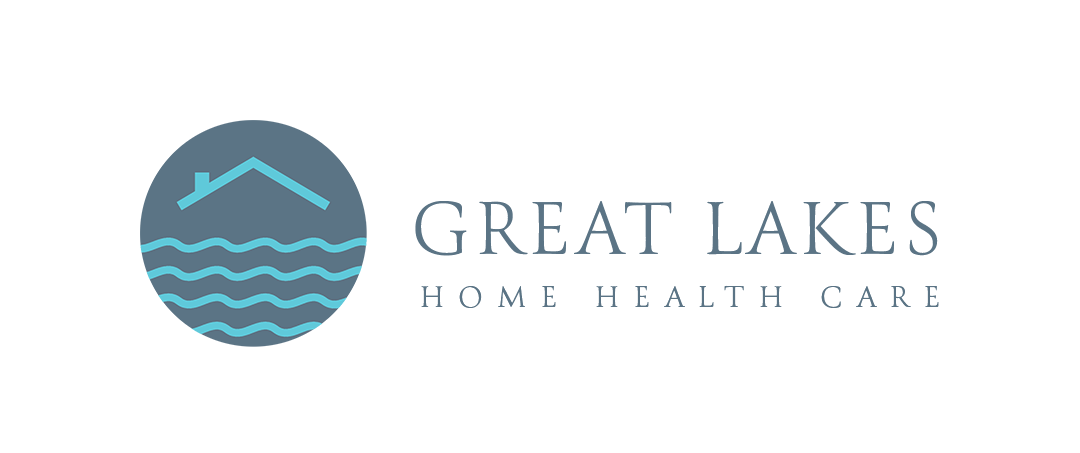As the population ages, the quest for maintaining independence becomes increasingly important for both seniors and their loved ones. Adaptive devices, ranging from simple tools to sophisticated gadgets, have emerged as crucial enhancers of daily living. These innovations not only aid in performing everyday tasks with ease but also empower the elderly to lead a more fulfilled and autonomous life.
By integrating these tools into their daily routine, older adults can overcome many of the physical limitations that aging brings, thus playing a significant role in promoting independent aging.
Contents
The Importance of Personalizing Assistive Technology
Assistive technology should not be seen as a one-size-fits-all solution. Personalization is key, as every individual encounters a unique combination of challenges and preferences. Occupational therapists often play a vital role in assessing the needs of the elderly and recommending devices that are tailored to their specific circumstances. Such personalization can range from modified utensil handles for those with arthritis to voice-activated home systems for those with mobility issues.
This customization ensures not only usability but also adoption and integration of the technology into daily life, enabling individuals to navigate their environment, stay connected with their community, and ultimately enhance their quality of life. By prioritizing personalization, we honor the dignity and individuality of each senior, recognizing that the goal is not merely to prolong life, but to enrich it with meaning and independence at every stage.
Examples of Adaptive Devices for Daily Living

Adaptive devices come in various forms and serve different purposes, all with the common goal of promoting independent aging. Some examples include:
- Mobility aids such as wheelchairs, walkers, and canes assist with moving around the house or community.
- Household tools like reachers and grabbers aid in reaching objects that are out of reach.
- Hearing aids and voice amplifiers to improve hearing abilities and communication.
- Vision aids like magnifying glasses, large print books, and talking watches assist with reading and time-telling.
- Memory aids such as pill dispensers, medication reminders, and daily planners help seniors manage their medications and appointments.
These devices not only address specific challenges but also provide a sense of autonomy and control over one’s environment. By incorporating these tools into their daily routine, older adults can continue to engage in activities they enjoy and maintain a sense of purpose and independence.
The Future of Adaptive Devices and Independent Aging
The rapid advancements in technology have paved the way for more innovative and advanced adaptive devices. From smart homes that can be controlled by voice commands to robotic assistants that can assist with daily tasks, the future of adaptive devices looks promising.
Moreover, as the demand for personalized and accessible technology increases, more companies are investing in research and development to create solutions that cater to the needs of an aging population. This not only fosters independent living but also promotes a positive attitude toward aging.
Below are some potential developments in the field of adaptive devices that can further enhance daily living for older adults:
- Wearable technology such as smartwatches and fitness trackers that can monitor vitals and provide emergency alerts.
- Virtual assistants are specifically designed for seniors to offer reminders, answer questions, and provide companionship.
- Artificial intelligence-powered home systems that can anticipate needs and adjust settings accordingly.
As we continue to embrace and prioritize the use of adaptive devices in promoting independent aging, we move towards a future where seniors can age with dignity, purpose, and autonomy. By recognizing the value of these tools and embracing personalized solutions, we can ensure that older adults have the support they need to live their best lives.
Are There Any Risks Associated with Adaptive Devices?
While adaptive devices have proven to be valuable in enhancing daily living, it is essential to acknowledge that there may also be risks associated with their use. These include:
- Dependence on technology: As seniors become more reliant on adaptive devices, they may lose some physical or cognitive abilities that they could otherwise maintain through regular use.
- Cost: Many of these devices come at a high cost, making them inaccessible to those who may benefit from them.
- Safety concerns: If not used correctly, some devices can pose safety hazards for older adults. For example, power wheelchairs have been linked to accidents and injuries due to misuse or lack of proper training.
To mitigate these risks, it is crucial to involve medical professionals and occupational therapists in the selection, training, and use of adaptive devices. Regular check-ins and assessments can also help ensure that these tools continue to meet the evolving needs of older adults.
Conclusion
Adaptive devices play a crucial role in promoting independent aging by empowering seniors to overcome physical limitations and maintain autonomy. By prioritizing personalization, we honor the individuality of each senior and enable them to live their best lives. As technology continues to advance, we can look forward to a future where adaptive devices are more accessible, affordable, and seamlessly integrated into daily life for all seniors. Let us continue to embrace and prioritize the use of these tools as we strive towards a society that values and supports successful aging.

